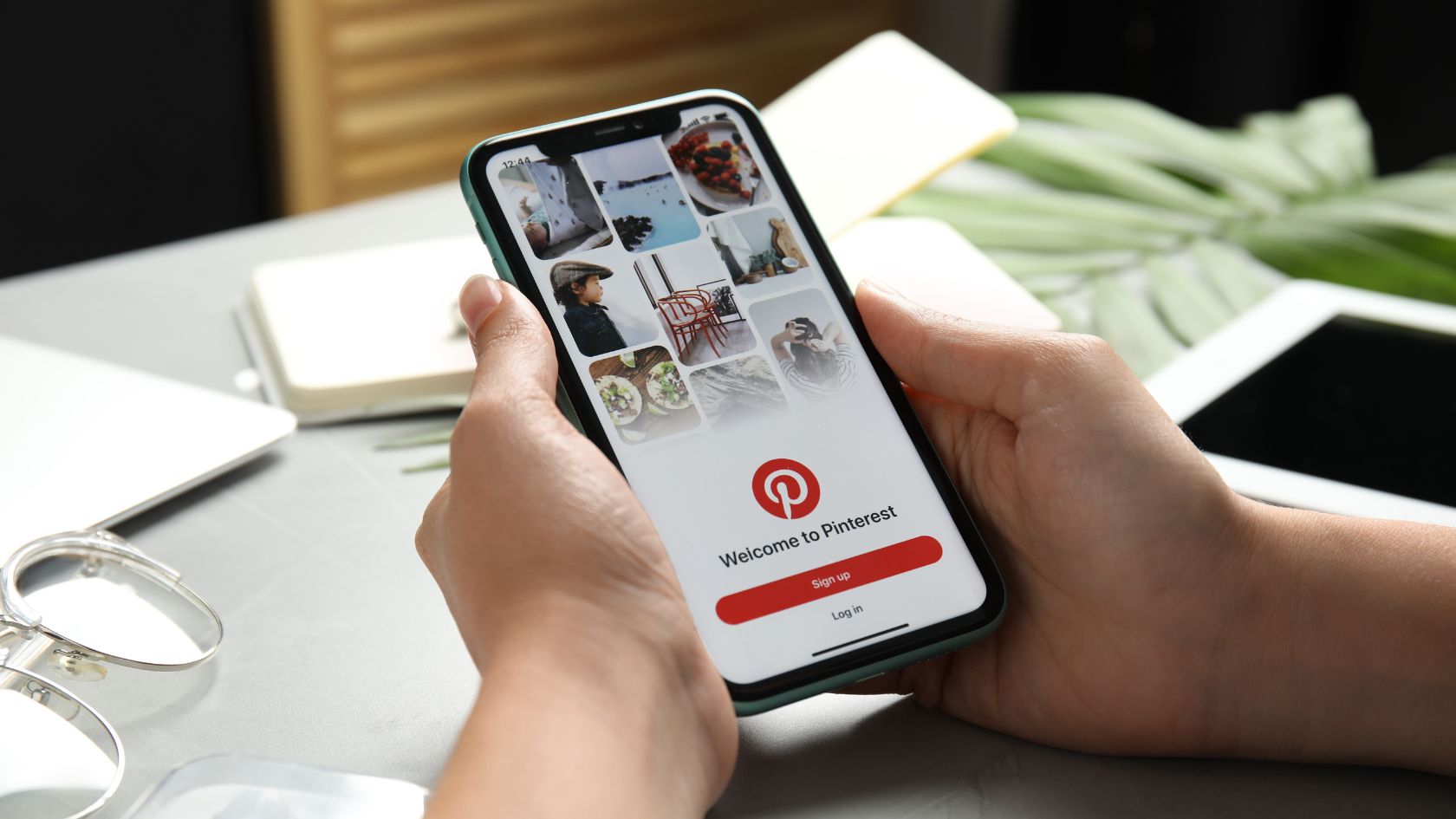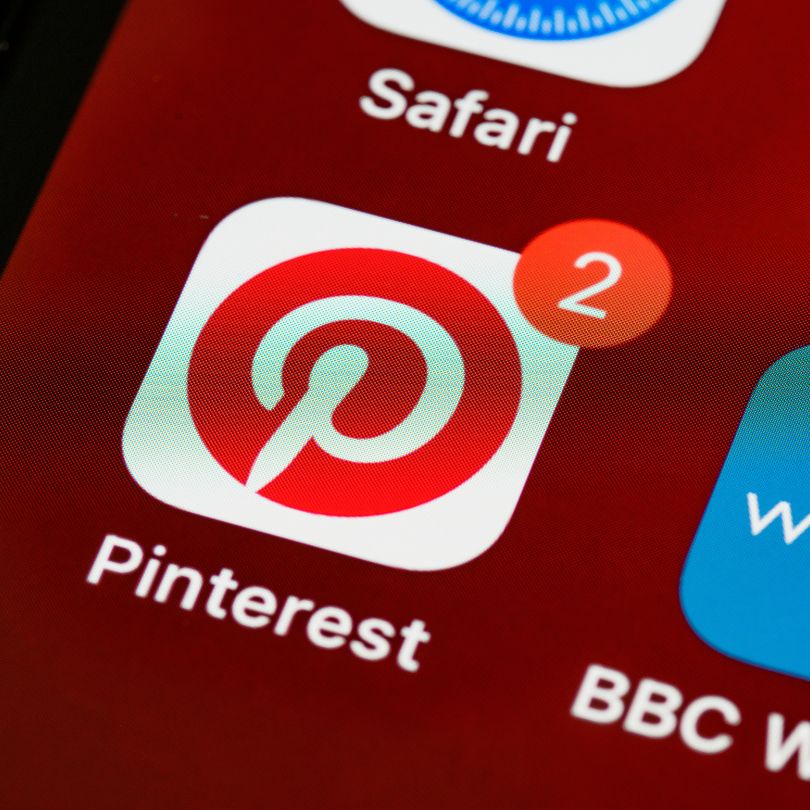
How to Scale Pinterest Traffic: 10 Proven Strategies for 2025

Scaling Pinterest traffic requires a strategic approach that combines consistency, creativity, and analytical thinking. With over 450 million monthly active users, Pinterest offers immense potential for driving targeted traffic to your website or blog. This visual discovery platform functions differently from other social media networks, making it essential to understand its unique algorithms and user behavior patterns.
Understanding Pinterest’s Potential for Traffic Generation
Unlike platforms focused on social connections, Pinterest serves primarily as a visual search engine where users actively seek inspiration, ideas, and solutions. This intent-driven behavior makes Pinterest traffic particularly valuable for businesses and content creators. Pins have an impressive lifespan, often continuing to drive traffic months or even years after publication—a stark contrast to the fleeting visibility of posts on other platforms.
Focus Keyword: scale Pinterest traffic
1. Optimize Your Pinterest Profile for Discoverability
Your Pinterest profile serves as the foundation for your traffic-building efforts. Start by converting to a business account, which provides access to Pinterest Analytics and other essential tools. Choose a recognizable profile picture, preferably your logo for brands or a professional headshot for personal brands.
Craft a keyword-rich bio that clearly communicates what you offer and includes your focus keywords. Add your website URL and connect your Instagram and Etsy accounts if applicable. Finally, organize your boards with strategic names that incorporate relevant keywords rather than clever titles that might confuse the algorithm.
2. Conduct Thorough Keyword Research
Effective keyword research is crucial for scaling Pinterest traffic. Unlike Google SEO, Pinterest keywords tend to be more specific and action-oriented. Use these research methods:
- Pinterest search bar: Type potential keywords and note the autocomplete suggestions
- Guided search: Analyze the category bubbles that appear after an initial search
- Pinterest Trends: Identify seasonal and trending topics in your niche
- Competitor analysis: Study successful pins in your industry for keyword inspiration
Create a keyword bank organized by categories relevant to your content. This resource will prove invaluable when creating pins and boards.
3. Create and Optimize Pinterest Boards
Strategic board creation significantly impacts your Pinterest visibility. Create a mix of broad and niche-specific boards that align with your content themes. Each board should have:
- A keyword-optimized name (avoid special characters)
- A detailed description with natural keyword integration
- A category assignment that matches the board’s content
- A custom cover image that maintains brand consistency
Consider creating “flagship boards” that directly relate to your core offerings and position them at the top of your profile. Maintain a minimum of 20-30 pins per board before making them public to demonstrate value to visitors.
4. Design High-Converting Pin Images
Pin design significantly influences click-through rates and overall traffic performance. While there’s no one-size-fits-all approach, these design principles generally perform well:
- Optimal dimensions: 1000 x 1500 pixels (2:3 ratio) for standard pins
- Clear, legible typography: Use 2-3 fonts maximum
- Compelling imagery: High-quality, relevant visuals that evoke emotion
- Brand consistency: Incorporate your colors, fonts, and logo subtly
- Text overlay: Include your title or a benefit-driven headline
Test different design styles to identify what resonates with your audience. Create templates for efficiency while maintaining enough variety to prevent “banner blindness” among your followers.
5. Craft Compelling Pin Titles and Descriptions
The text elements of your pins play a crucial role in search visibility and click-through rates:
- Titles: Limited to 100 characters, front-load with keywords, use numbers and power words
- Descriptions: Up to 500 characters, include 2-3 relevant keywords naturally, add a clear call-to-action
- Hashtags: Include 2-5 relevant, specific hashtags at the end of your description
Avoid keyword stuffing, which can trigger spam filters. Instead, write for humans first while strategically incorporating your target keywords.
6. Implement a Consistent Pinning Strategy
Consistency outweighs frequency when it comes to Pinterest success. Develop a sustainable pinning schedule based on these guidelines:
- Pin 5-25 times daily (a mix of your content and curated pins)
- Space pins throughout the day rather than posting in batches
- Maintain a 40/60 ratio of your content vs. curated content
- Use a scheduling tool like Tailwind or Pinterest’s built-in scheduler
Pay attention to your Pinterest Analytics to identify optimal posting times for your specific audience. Adjust your strategy based on performance data rather than generic recommendations.
7. Create Multiple Pin Designs for Each Content Piece
Maximize your content’s reach by creating multiple pin variations for each blog post or product. This approach:
- Tests different design styles and messaging approaches
- Targets various keywords and audience segments
- Extends the lifespan of your content on Pinterest
- Increases opportunities for your content to be discovered
Create 3-5 distinct pin designs for important content pieces, varying the imagery, colors, typography, and messaging angles. Space out the publishing of these variations over several weeks to avoid appearing spammy.
8. Leverage Pinterest’s Various Pin Formats
Pinterest offers several pin formats, each with unique advantages for traffic generation:
- Standard Pins: The foundation of your strategy, linking directly to your content
- Video Pins: Higher engagement rates, ideal for tutorials and demonstrations
- Idea Pins: Multi-page format for step-by-step content, great for building audience
- Product Pins: Include pricing and availability information for e-commerce
Experiment with different formats to determine which drives the most traffic for your specific content types. While Idea Pins may not allow direct linking, they can significantly boost your account’s overall visibility.
9. Join and Utilize Group Boards Strategically
While less powerful than in previous years, group boards can still contribute to your Pinterest traffic strategy when used selectively:
- Focus on quality over quantity—join active boards with engaged followers
- Prioritize boards with a follower-to-contributor ratio of at least 10:1
- Respect board rules regarding pin frequency and content types
- Monitor performance and leave underperforming boards
Consider creating your own group board to position yourself as an authority in your niche while building community around your brand.
10. Analyze and Refine Your Pinterest Strategy
Data-driven optimization is essential for scaling Pinterest traffic sustainably. Use Pinterest Analytics and Google Analytics to track key metrics:
- Impressions and outbound clicks by pin and board
- Audience demographics and interests
- Traffic sources within Pinterest (search, following feed, etc.)
- Website behavior of Pinterest visitors (bounce rate, time on site, conversions)
Conduct monthly performance reviews to identify patterns and opportunities. Double down on what works while experimenting with new approaches for underperforming content areas.
Bonus Tip: Implement Rich Pins
Rich Pins automatically sync information from your website to your pins, adding extra details that make your pins more valuable and clickable. The four types—Article, Product, Recipe, and App Pins—each provide specialized information relevant to their content category. Implementing Rich Pins requires technical setup but significantly enhances your pins’ performance and professional appearance.
Key Takeaways for Scaling Pinterest Traffic
- Optimize your profile and boards with strategic keywords
- Create visually compelling pins with clear value propositions
- Maintain consistency rather than focusing solely on frequency
- Diversify your pin formats and designs for each content piece
- Analyze performance data regularly and adjust accordingly
Scaling Pinterest traffic requires patience and persistence. Unlike platforms that deliver immediate but short-lived traffic spikes, Pinterest builds momentum over time, eventually creating a sustainable traffic engine that continues working for you long after you’ve published your content. By implementing these strategies consistently and refining your approach based on performance data, you can transform Pinterest into one of your most valuable traffic sources.
Remember that Pinterest success comes from providing genuine value to users seeking inspiration and solutions. Focus on creating and sharing content that truly serves your target audience, and the traffic will follow naturally as a result of that value-first approach.